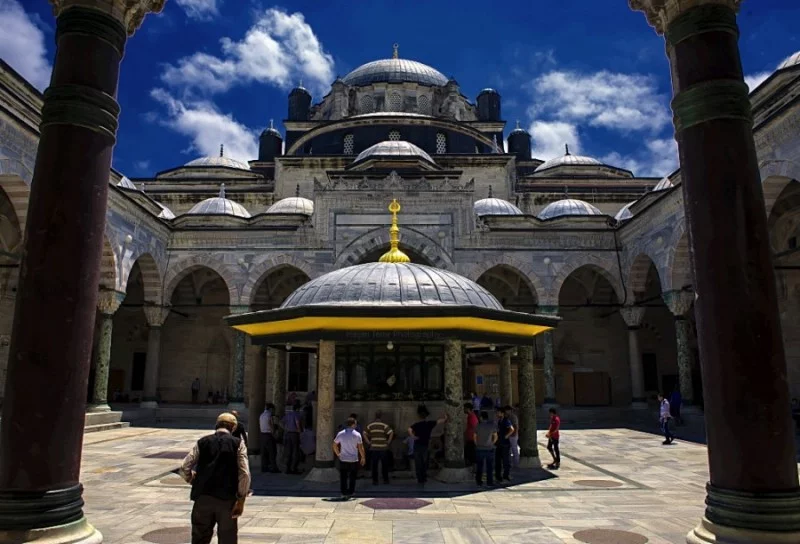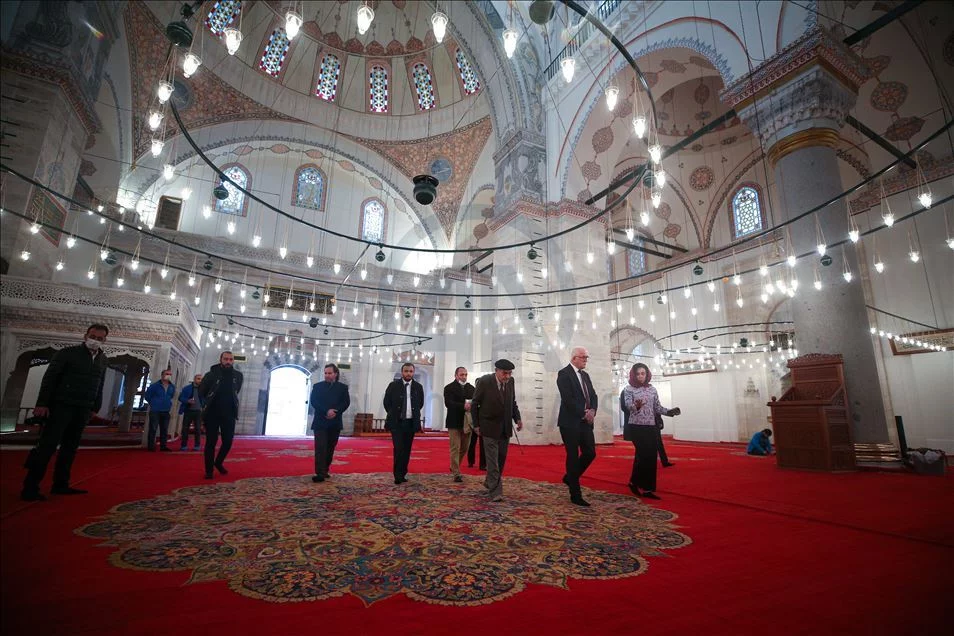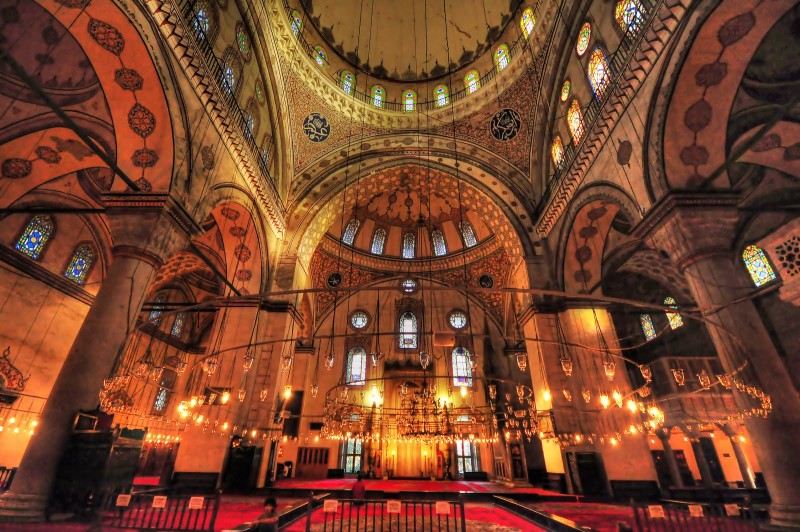Sultan II’s Beyazid Mosque. Its construction began in 1501 and was finished in 1506 according to an inscription made by Sheikh Hamdullah by Bayezid. The oldest Sultan mosque that has been able to preserve its original condition over time is this one. The complex was constructed to accommodate the requirements of the society, along with the Beyazid Mosque. The structure is situated on the city’s largest square, Theodosius Forum in Byzantine times, in the Bayezid neighborhood, a key location in Istanbul. Following the takeover of Istanbul, it is the second-largest Selatin mosque ever constructed in the city. The Bayezid Tomb is located in the Mosque cemetery.
Beyazid Mosque History

The Istanbul earthquake of 1509—known as the “little doomsday”—which killed many people and struck again forty-five days later caused damage to the Beyazid Mosque. The earthquake damaged the mosque, which architect Sinan strengthened and rebuilt by building an arch inside. The minaret cones burned during the fire that broke out in 1683. One of its minarets’ cone was burned in 1743 as a consequence of a lightning strike. In August 2012, restoration work began. It took 8 years to complete. Damaged building materials were cleaned or replaced, and cementitious formations that had been put in place for repairs in the past were taken out.
Approximately 150 individuals worked on a team to finish the restoration process, which was finished in May 2020. The mosque afterwards reopened with all of its seats filled. Yıldırım Bayezid led the inaugural prayer at the Bayezid Mosque, while members of the janitors’ corps assisted in building the mosque. The Janissary corps’ several divisions each contributed to building a separate portion of the mosque. The mosque’s needlework was created by master artisans from the Nakkaş village, and every donation made for it was tracked.

Beyazid Mosque Architecture
Exactly who designed the Beyazid Mosque is unknown. However, some theories contend that it was created by Yakup Shah Bin Sultanşah, Architect Hayrettin, or Architect Kemalettin. The Bayezid Mosque is a four-legged building. Two semi-domes in the north and south support the main dome, which has a diameter of 16.78 meters. There are seven windows in each half dome, although there are twenty windows in the main dome overall.
The Beyazid Mosque also contains a square-shaped narthex courtyard with 24 domed porticoes surrounding it, a fountain in the center, and a marble floor. The fountain’s top is exposed and has an IV. During the Murat era, eight pillars were built around it and a dome to cover it. Courtyard flooring and fountain columns were constructed by repurposing the Byzantine-era materials. Between the courtyard marbles are sizable red slabs of porphyry stone. Looking at the Seljuk era, the mosque doorway and the doors of the fountain courtyard have a simpler structure, and the stonework is outstanding.
The Beyazid Mosque is thought to be the last remaining example of winged (tabhane) constructions, having two wings (tabhane) to the east and west, each covered with five domes. A distinct methodology was used in Ottoman-era Turkish architecture, and minarets were positioned on the exterior corners of the wings. There are 79 meters between them. Even after being repaired in 1953–1954, the stone minarets still retain their original ornamentation. The wings were initially separated from the mosque by a wall, but this wall was eventually dismantled, and the wings were joined to the prayer space. The two stone minarets, which each have a balcony, are located next to the mosque’s wings rather than directly next to the mosque itself. The minaret still sports its original decorations, which include colorful stones and kufic inscriptions on the right. The repairs it underwent and the removal of its ornamentation, however, made the minaret on the opposite side plain. Because of this, the minaret to the right is said to be the unique example of the Seljuk to Ottoman transition in Istanbul. The altar, the pulpit, the muezzin’s lodge, and the women’s lounge perched on consoles on the entrance wall are excellent examples of meticulous brickwork.
Where is Beyazid Mosque?
The Fatih Bayezid area, one of Istanbul‘s most central locations, is home to the Bayezid Mosque. Bayezid Mosque is easily accessible by a variety of modes of transportation because of its strategic location. For instance, it is easily accessible via public transit, including the tram, metro, bus, and train. Additionally, there is no entrance fee. Except during times of prayer, the Beyazid Mosque is accessible to visitors at all times.
Boats rentals are waiting for you at Teknevia for those who want to enjoy the sea more in Istanbul.
